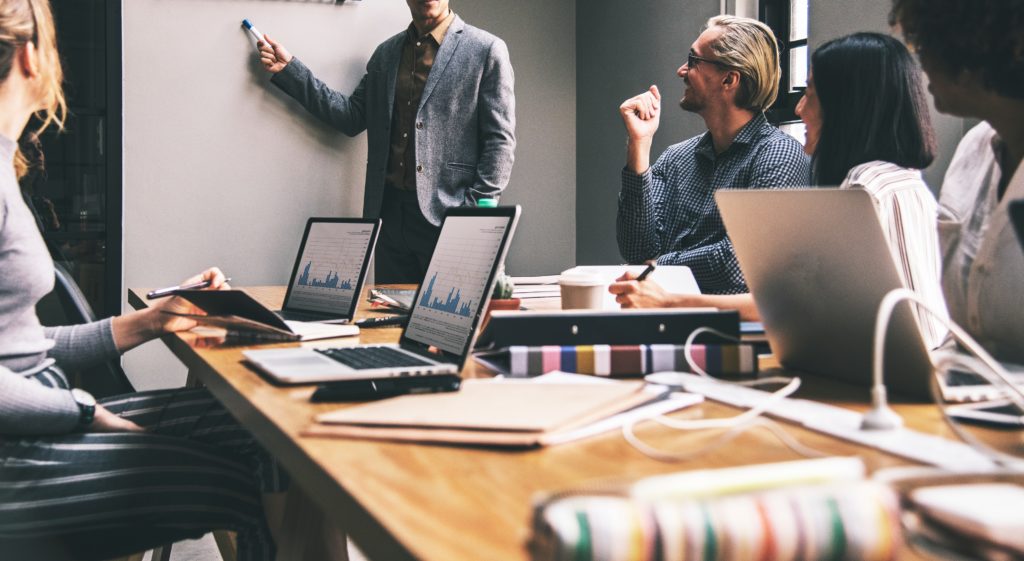Office Tips to Improve Productivity and Reduce Common Office HazardsSlips, trips, and falls, electrical and fire hazards, musculoskeletal disorders, these are among the most common hazards that office staff are exposed to. Even when an office follows industry standards on safety in order to minimise risk, there’s still a chance for them to occur, which is why it’s best for companies and organisations to take extra steps and go beyond what’s required of them. Luckily, there are ways wherein a company can make their office a safer place, but also improve productivity and workflow. As such, we’ll be taking a look at these methods in order to help optimise your office for both safety and productivity:
Ergonomic Training and Equipment
One of the most common workplace injuries in offices is musculoskeletal disorders (MSDs) such as carpal tunnel syndrome, back pain, and neck pain/stiffness. The risk of MSDs can be mitigated through the application of ergonomics. It’s important that you’re able to train and remind both old and new employees with regards to proper posture while working so as to minimise the risk of MSDs. Additionally, investing in ergonomic and adjustable chairs and tables can help prevent bad posture when working and allow employees to work comfortably.
By investing in ergonomic training and equipment, you’re able to reduce absenteeism caused by MSDs and reduce discomfort and stress when working for extended periods at their desks. Additionally, this would let employees know and feel that the company/organisation they’re working for is actually concerned about their health and comfort. Overall, this can improve employee morale, health, and productivity.
Using Less Paper
The use of paper and paper folders can be costly, as well as unsightly when they’re littered all over the office. Having stacks of papers and folders all over the office can make it feel cramped, which can negatively affect employee morale. In a busy office where sheets of paper, and also boxes/stacks of paper can be slipping and tripping hazards, as well as potential fire hazards.
That said, going for a paperless (or reduced paper usage) approach can help the company reduce costs, save office space, and lower the slipping, tripping, and fire hazards. Additionally, it can improve employee productivity by minimising the time it takes to print, sort, and search for paper documents by having all necessary reports and files on the computer.
Allow Regular Breaks
Prolonged hours at one’s work station can lead to eye strain, MSDs, and chronic stress, all of which can negatively impact the health and, subsequently, the productivity of an employee. Eye strain is quite common for those that work with computers (which is almost all office employees nowadays), and stress can affect any employee.
So allowing regular breaks, perhaps a 5-10 minute break every hour, can go a long way in reducing any physiological and psychological strain on an employee, and allows them to rest and recharge in order to focus on the task at hand once they get back from their break.
Computer-Designed Desks
In a modern office setting, almost every desk has a computer, as well as a scanner, phone, and printer. However, if one’s desk isn’t designed for computers, it makes wire management more difficult, which leads to tangled or loose wires that could potentially be tripping or even fire hazards (e.g. damaged wire insulation or overheating component coming into contact with flammable materials such as wood or paper).
That said, having computer designed desks for your Melbourne office allows for easier and safer wire management and computer placement. These desks are oftentimes also designed ergonomically in order to help promote proper body alignment when working, making it easier and more comfortable to work in.
Conclusion

While it’s important for a company to reduce any risks and hazards their employees face, it’s quite beneficial to adopt tips like these that can help make the office a safer place while improving productivity. So, check out these tips and see which one suits your office, and try to think of other ways that you can improve both safety and productivity in your company.

